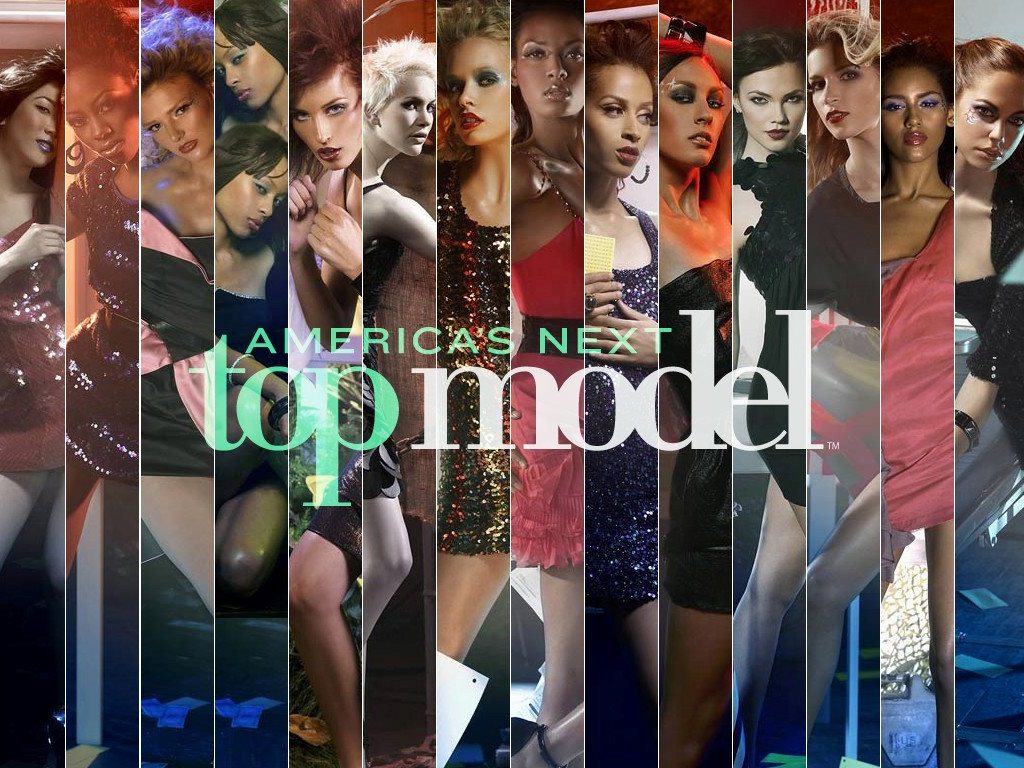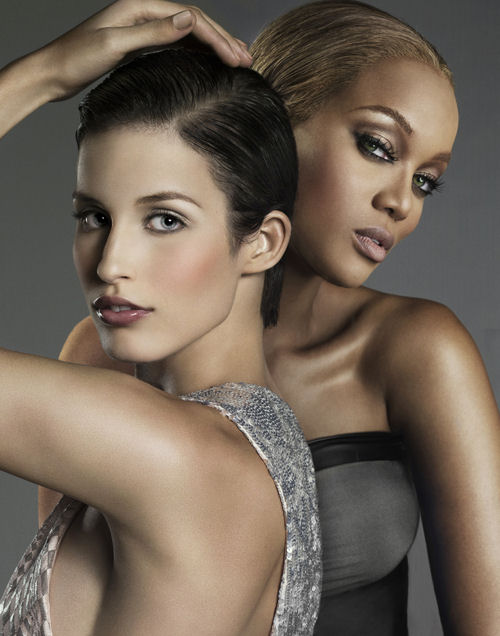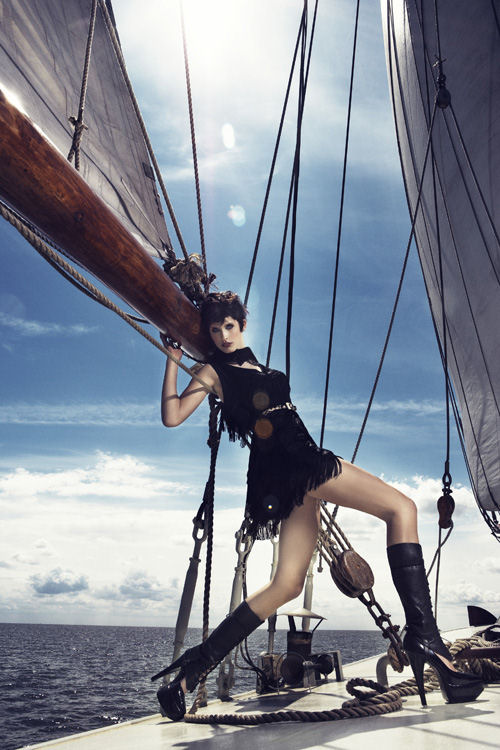America's Next Top Model: Cycle 11 & More - Uncovered!
Is the world of high fashion a meritocracy, or is it a carefully constructed illusion where image often triumphs over substance? The journey of a model, particularly within the fiercely competitive arena of "America's Next Top Model," often reveals the brutal realities behind the glitz and glamour, where aspiring stars navigate complex social dynamics and relentless pressures.
The pursuit of the "it" girl or boy, the next face to grace magazine covers and dominate runways, is a tale of both triumphs and tribulations. The very structure of shows like "America's Next Top Model" (ANTM) exemplifies this. Aspiring models, often plucked from relative obscurity, are thrust into a pressure cooker environment. Their every move, every flaw, and every success is scrutinized, judged, and ultimately, molded by a panel of industry experts. This process, while designed to create the "perfect" model, can also expose the darker sides of the industry the subtle and not-so-subtle biases, the emphasis on superficiality, and the psychological toll of constant evaluation.
One such contestant who experienced the crucible of ANTM was Hannah May White. Her journey, like many others, offers a glimpse into the intricate tapestry of the competition, the societal expectations, and the individual struggles that define the reality of the fashion industry. White, a representative of Cycle 11, came into the competition with a specific set of characteristics that both aided and hindered her progress. Her story, therefore, provides a compelling case study of the challenges a contestant faces.
| Attribute | Details |
|---|---|
| Name | Hannah May White |
| Nationality | American |
| Known For | Fashion Model; Contestant on America's Next Top Model (Cycle 11) |
| Cycle | 11 |
| Background | Originally from Alaska; known for being perceived as sheltered |
| Notable Statements | Called herself the "stereotypical white girl;" made comments about not understanding "why black people were so loud" and not listening to rap music; pushed another contestant in a hot tub. |
| Elimination | The exact placement in the cycle is not specified, but she was a contestant for a period of time. |
| Other Information | White's time on ANTM, while not resulting in a win, provides a window into the dynamics of the show and the pressures faced by contestants, including issues of race, social awareness, and personality clashes. |
| Reference | While specific biographical data beyond ANTM is limited, details about her appearance on the show and associated controversies are available from various sources, including fan websites and recaps of the show. |
The format of ANTM itself, with its cycles and contestants, is a core part of the narrative. The show's ability to draw in viewers lies in the way it transforms the journey of an individual into a contest. The initial field of contestants, fourteen in Cycle 11, represent a range of looks, personalities, and backgrounds. The show's producers craft compelling storylines, built on challenges that test the models' abilities from runway walks and photoshoots to commercial acting and interviews. The judges, often including industry heavyweights like Tyra Banks herself, critique the models' performances, and eventually, one contestant is eliminated each week, until only one remains.
The structure of the competition, though, is not simply about finding the "best" model. It also offers a reflection of the fashion industry itself. The prizes, as seen in Cycle 12, which included a modeling contract with Elite Model Management, are substantial. The catchphrases, the promotional songs, the carefully-curated image of the show - all work together to create a world that is both captivating and, at times, deeply problematic.
The case of Cycle 12 provides an interesting lens through which to examine ANTMs evolution. The catchphrase, Get in the Fold, a phrase that echoes the industrys complex relationship with aesthetics, is an insight into the emphasis placed on fitting in, on becoming someone new by adapting to the standards of the elite. The promotional song for this cycle was Lady Gaga's "The Fame," which further aligns the show with contemporary pop culture. The prizes for Cycle 12, including a modeling contract with Elite Model Management, showcase the ambition of those involved in the contest. This exemplifies the competition's goals.
The inclusion of the "fadeout" sequence in the later cycles highlights the reality television tropes the show employs to engage its audience, making the competition a blend of fashion and drama. This can be seen in the way the show capitalizes on both the highs and lows of the contestant's journeys. It also highlights how the show, despite its attempts at inclusivity, often reflects the biases and inequalities of the fashion world. For instance, the casting process has been criticized for focusing on Eurocentric beauty standards, excluding contestants who don't fit into those pre-conceived ideas.
The inclusion of contestants like King, the Cycle 3 winner, highlights a broader trend of a contest. King, as the first trans contestant to gain major media attention from the show, underscores the importance of representation and the shifting paradigms of the fashion industry. However, King's elimination in the middle of Cycle 11, despite her victory in Cycle 3, underscores the ever-present pressure for a model, as well as the changing landscape of the industry.
The emphasis on the "final three" in each cycle is also part of the show's appeal. It is these finalists who face some of the most demanding challenges. For example, the final three models in a cycle will often be involved in high-stakes shoots, such as magazine spreads and runway shows. These final tasks are designed to push the models to their limits, testing not only their physical abilities but also their mental resilience. The fact that they're competing at such a high level, in the presence of esteemed fashion insiders, underscores the show's commitment to creating true fashion icons.
The role of the judges in America's Next Top Model is undeniable. Tyra Banks' presence as the head judge is a constant, but the show also includes a number of guest judges throughout the cycles, which provides the contestants with a broad array of perspectives. The judges, with their experience in the fashion and entertainment industries, have the ability to shape the public's perception of the contestants, creating stars, while also crushing dreams in the process. These judges make it easier for contestants to reach the apex of fashion.
The competitive nature of the show is a core element of its success. The elimination process, week after week, generates both drama and tension, and a strong sense of anticipation. The announcement of the winner - such as the crowning of India as the 23rd winner of ANTM - is the climax of the cycle, and also an example of the high stakes involved. The victory isn't merely about winning, but also about the potential for life-changing opportunities in the world of modeling and fashion.
The social commentary within the framework of ANTM is also an element. The show often reflects and reinforces stereotypes about beauty, race, and gender. The commentary made by Hannah May White, for example, reveals the social and cultural views of the contestants, and reveals that racial biases can be prevalent. Additionally, the show's focus on body image, and the pressures faced by the contestants to conform to specific beauty standards, often contribute to conversations around body image and self-esteem.
While the show does touch on social issues, it rarely delves into the root causes of these problems, instead, it creates scenarios to test the contestants in ways that might be harmful, or exploitative. This often leads to controversy, and criticism, and requires a critical eye from the viewers. Despite these criticisms, ANTM remains an influential phenomenon, and is a cultural touchstone for a generation of viewers. The show's legacy is in its ability to both reflect and shape the ever-evolving world of fashion and entertainment.
The structure of the show is a model for how to create both compelling and, sometimes, problematic viewing. The contestants' journeys, filled with triumphs and tragedies, remain a part of the cultural conversation. The lasting appeal of ANTM is a testament to its capacity to adapt, to reflect the evolving social mores of the moment, and to keep on enthralling audiences for years to come. Regardless of the challenges, the shows success highlights the enduring power of the world of fashion and the relentless pursuit of the ideal beauty.


